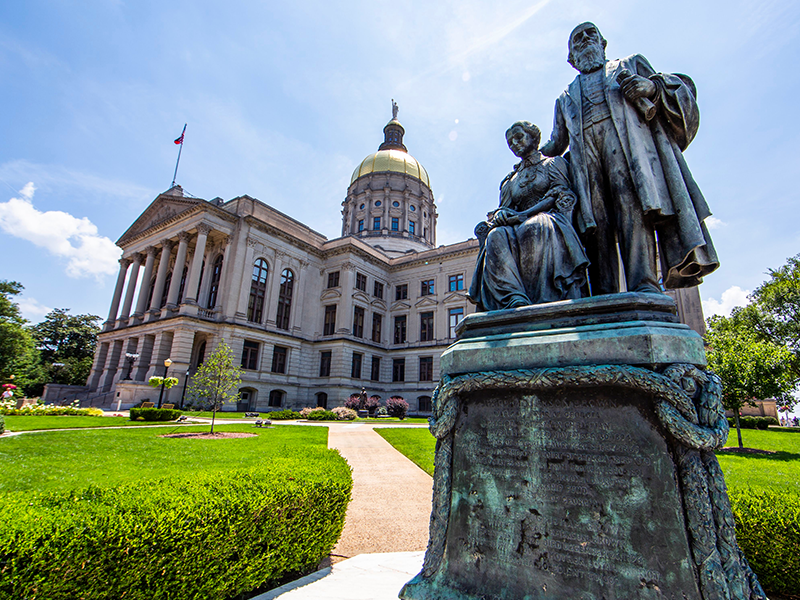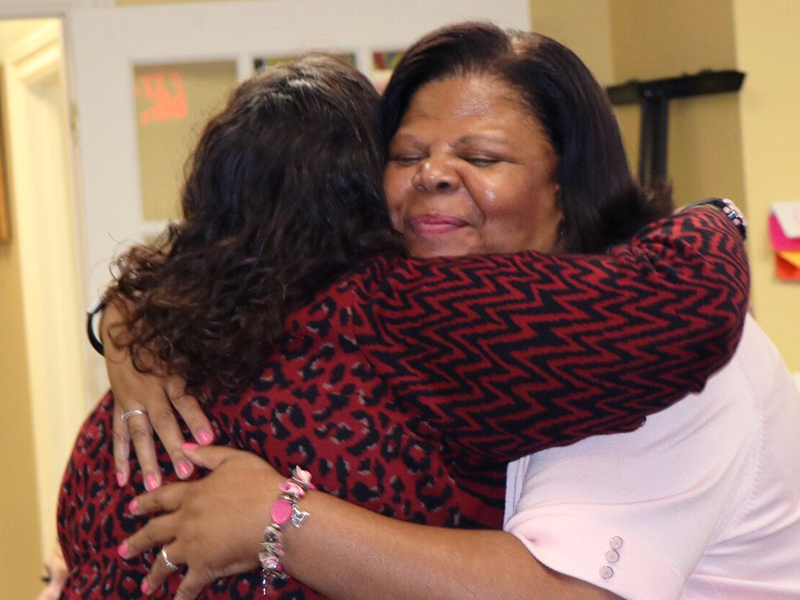Georgia lawmakers are back in town, kicking off the 40-day 2020 session on Monday. While the General Assembly is set to consider a range of issues—tax cuts, OK’ing the state’s budget, healthcare, and more—here are some immediate ways that lawmakers can help those in poverty:
 Expand educational access
Expand educational access
One crucial way to help those in poverty is to ensure the cycle doesn’t repeat in the next generation. Today in Georgia, too many schools are failing to properly prepare children for the next phase of life, and without high-quality education options the dropout rates will continue to rise and cycles of poverty will never be broken.
The statistics are alarming: More than 1 in 5 young adults in Georgia are not attending school, not working, and have no degree beyond high school. Additionally, around 20 percent of students do not graduate from high school on time.
For these reasons and more, lawmakers should expand educational access in Georgia by passing Educational Scholarship Accounts (ESAs). This will build on the solid foundation created in recent years through the Tax Credit Scholarship Program, the Special Needs Scholarship Program, and expansion of charter schools in our state. Already, over 250,000 children in Georgia benefit through these schools and programs. That trend must and will continue.
We also realize that most Georgia families will continue to enroll their children in their locally zoned public schools. And we must continue ensuring that traditional public schools are properly funded and supported. Ultimately, we should empower all families to make the best choice possible in where and how to educate their children.
 Help people find work and bolster the safety net
Help people find work and bolster the safety net
More than half-a-million Georgians are unemployed or unable to find full-time employment. Many of these individuals are ready to flourish if given the opportunity.
We can see change through on-the-ground partnerships that train impoverished Georgians for in-demand jobs; welfare reform that rewards work rather than punishes it; and prison reform that helps former inmates find support, work, and stability after transitioning from behind bars.
 Strengthen families
Strengthen families
People from all walks of life are more likely to flourish if they enjoy strong relationships and a healthy family life. But here in Georgia, our state is experiencing troubling trends in a number of areas: marriage rates continue to decline, and child births outside of marriage have become the norm. While these trends cost taxpayers over $100 billion annually, the costs in terms of human suffering are immeasurable.
Lawmakers returning to the Gold Dome this week should create a tax code that doesn’t unfairly penalize marriage and, instead, one that encourages long-lasting, healthy relationships.



 Expand educational access
Expand educational access Help people find work and bolster the safety net
Help people find work and bolster the safety net Strengthen families
Strengthen families



 Recently I took the family on a vacation. We slept in a hotel room with beds mere feet from each other, shared street-vendor meals, crammed into a small vehicle and drove hours together, and walked miles side-by-side for seven straight days.
Recently I took the family on a vacation. We slept in a hotel room with beds mere feet from each other, shared street-vendor meals, crammed into a small vehicle and drove hours together, and walked miles side-by-side for seven straight days.


 That’s why Georgia Center for Opportunity is partnering with organizations like
That’s why Georgia Center for Opportunity is partnering with organizations like 


